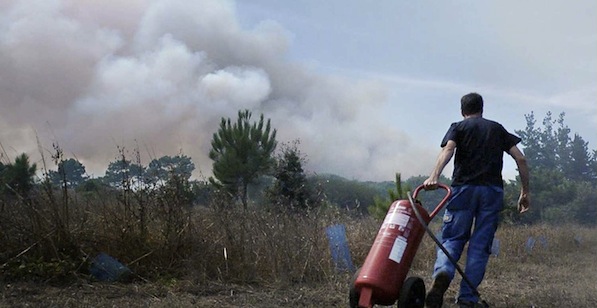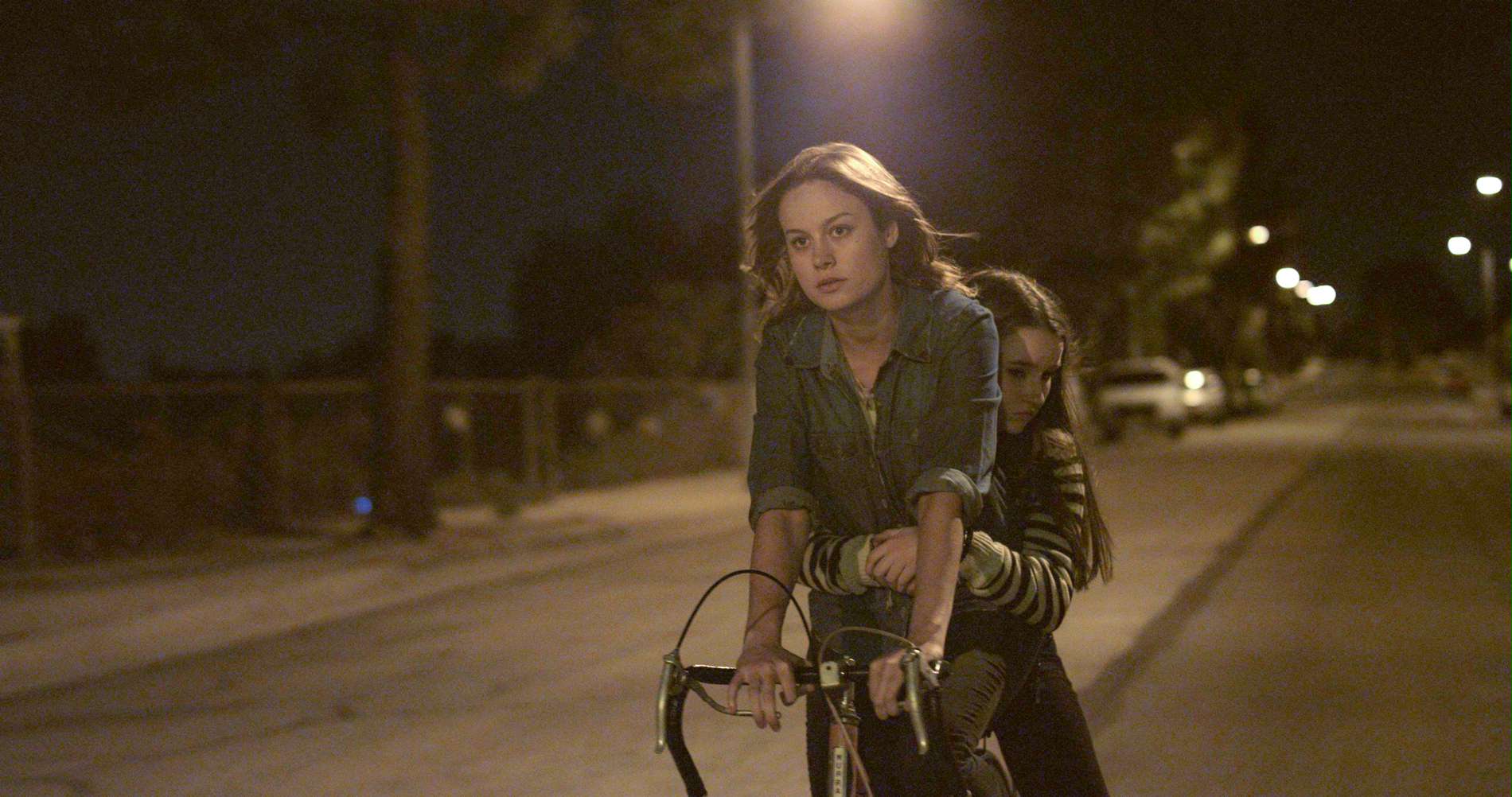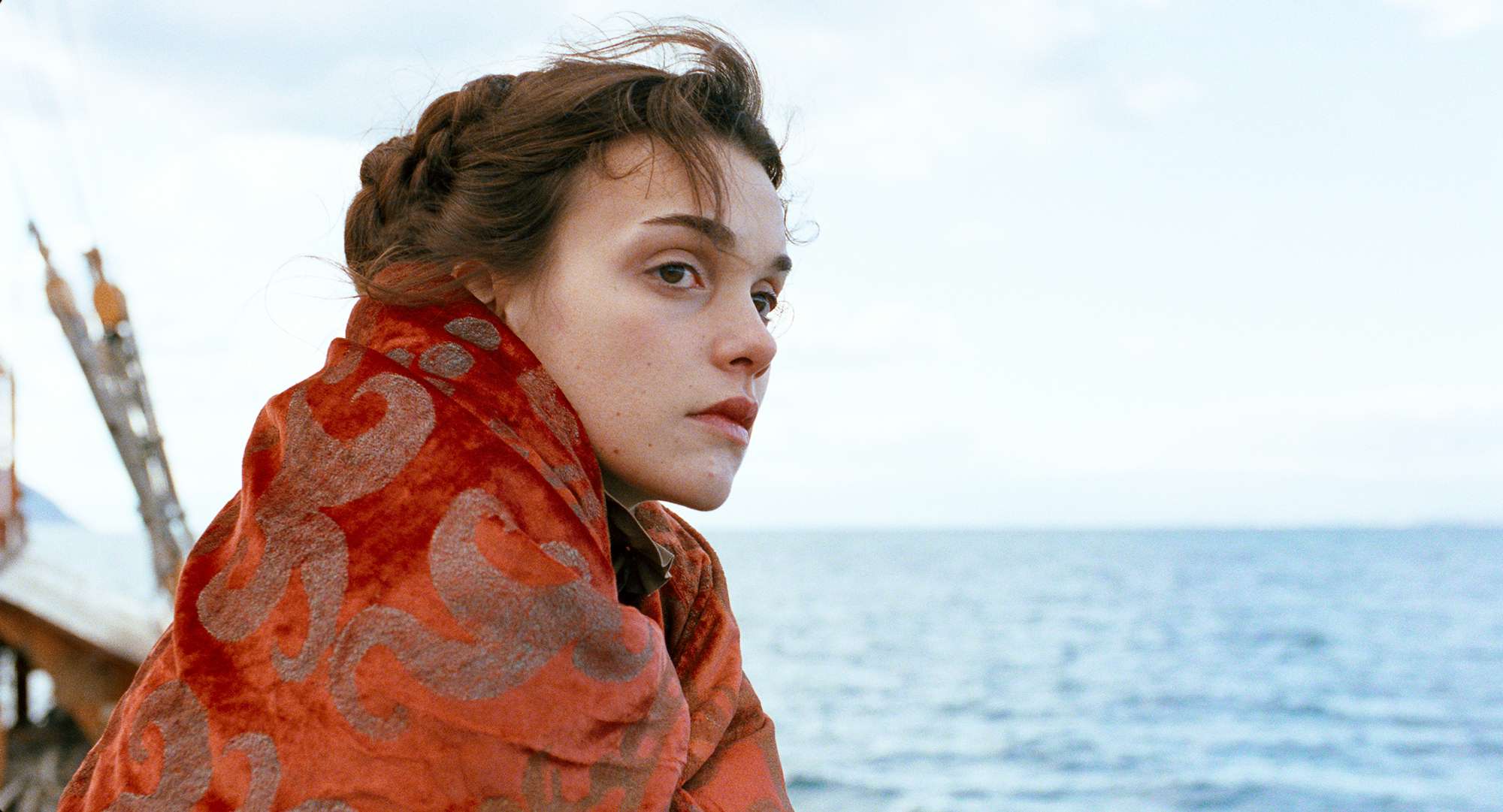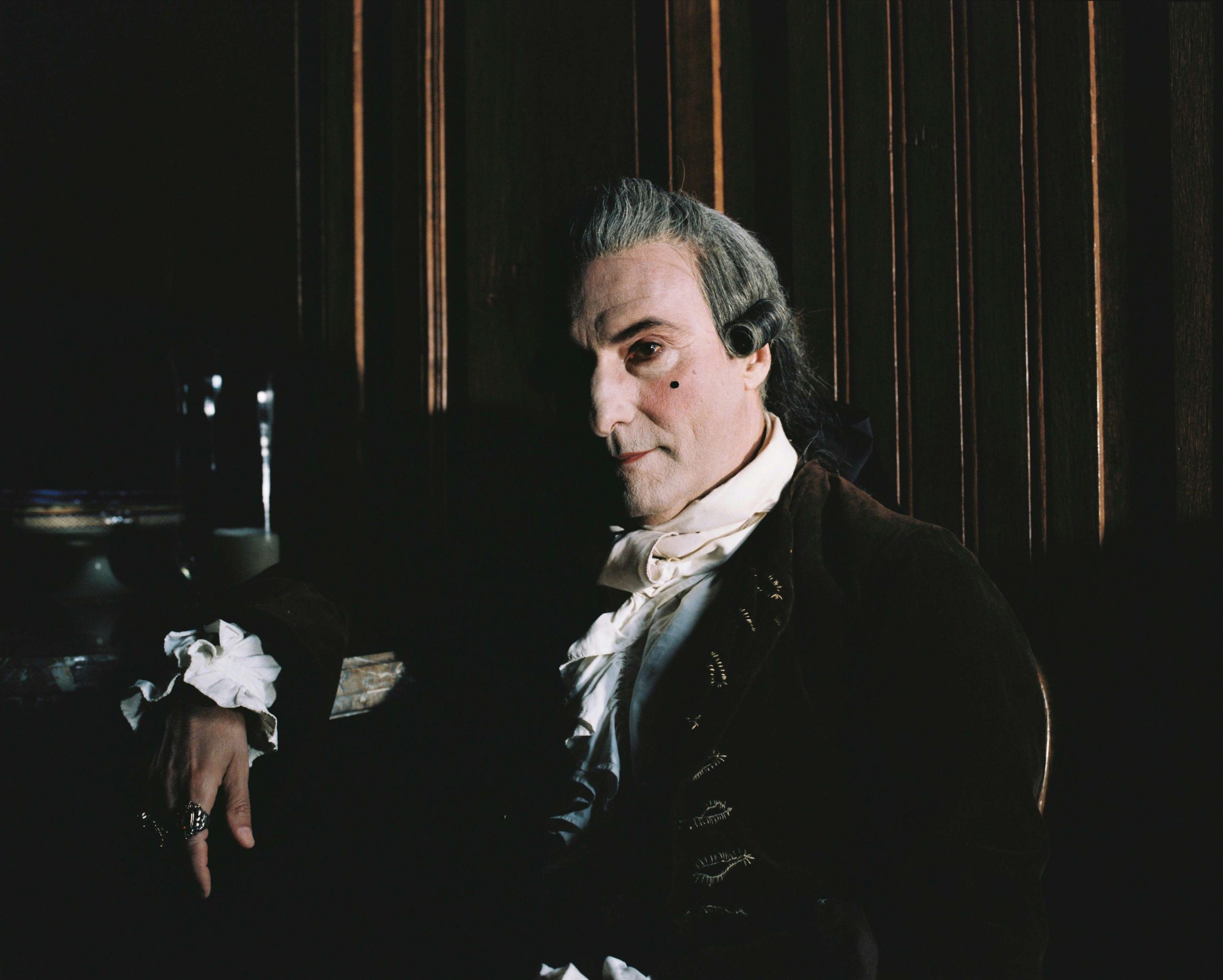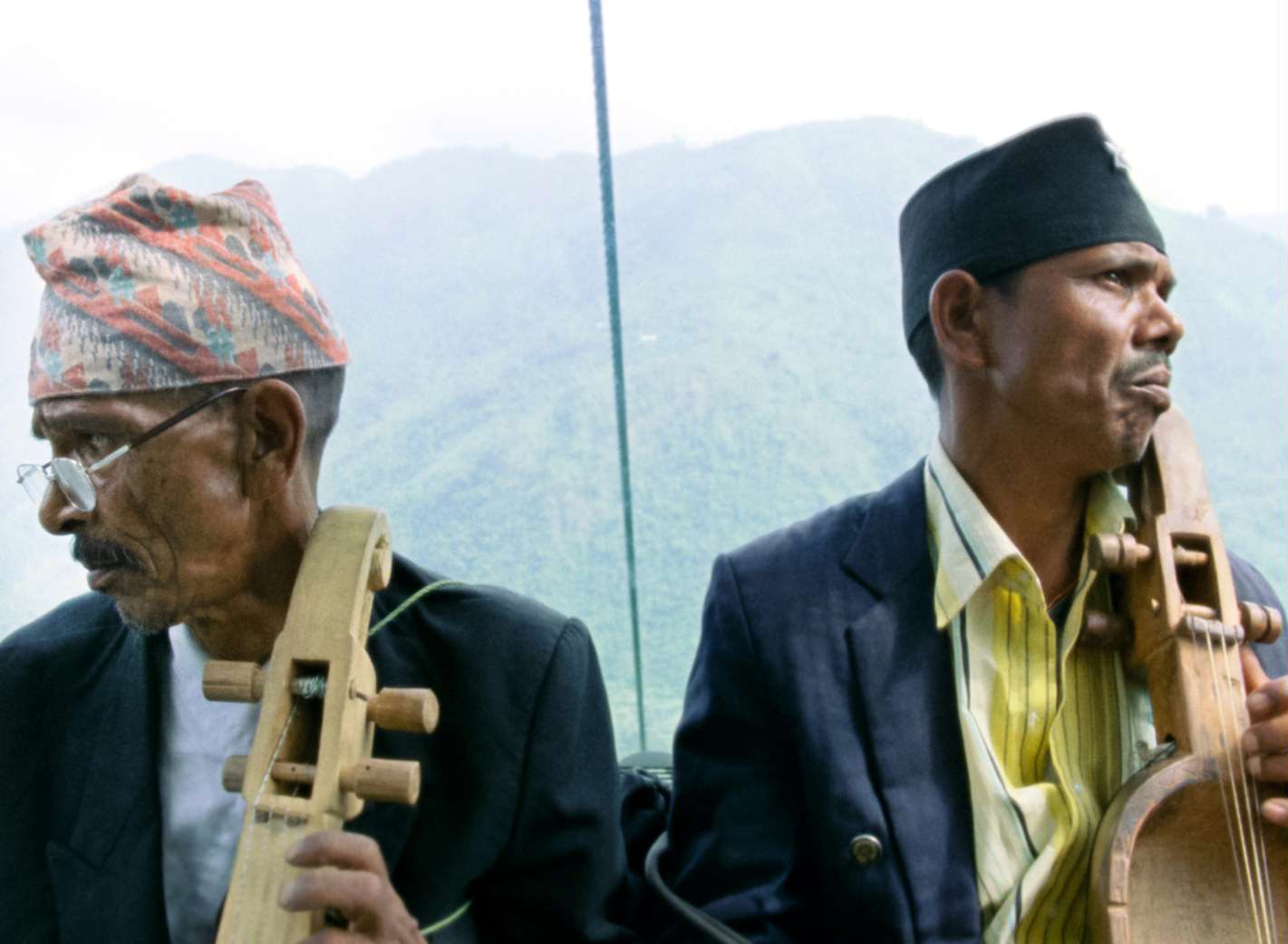For ten days, the Festival del Film Locarno took over this small Swiss town, transforming the main piazza into an open-air cinema, turning local gymnasiums into massive screening rooms and seeing the city’s quaint cobblestone streets accented with the fest’s trademark leopard print. This image of flashy gold and black spots peppering the twisting European vias might seem mismatched, but there was something oddly complimentary in the contradiction: the showy meets the refined; the modern meets the old. Such juxtapositions were not only found in the scenery, but were central to the programming of the festival itself: the 66th edition of Locarno embraced a range of fresh talent in the main competition, while also presenting a complete retrospective of George Cukor’s films.
It essentially proved all but impossible to find a through-line in the twenty films in Concorso internazionale, which featured the likes of an American indie, a Portuguese experimental doc, sci-fi melodrama from Japan, and crowd-pleasing French romances, to name a few. This writer was required to watch all the films as part of the FIPRESCI jury and the almost overwhelming variety often made for jarring shifts between screenings. But it was these very oppositions that meant days were never dull—just like that leopard print. Of this mélange, the FIPRESCI prize went to Joaquim Pinto’s documentary E Agora? Lembra-Me. Long after it screened, the film continued to resonate, being an intriguing freeform examination into the limits of cinematic and linguistic expression when it comes to pain, life and spirituality. (For more on the film see our mid-festival report).
Another strong film to emerge from the competition (and which earned a special mention from the main jury) was Destin Cretton’s Short Term 12. Stylistically indebted to the mumblecore movement, Cretton’s film about a children’s group home in California transcends the navel-gazing excess of said genre, expanding its view to the wider and more complex world. Though the sun-washed style and hand-held camera work isn’t revolutionary, Cretton’s finely written script eschews easy sentimentality and the intentionally erratic pacing strips the film of predictability. That said, much of the film’s success is thanks to Brie Larson in the starring role, whose performance earned her the Best Actress prize. Known for being in mainstream comedies such as Scott Pilgrim Versus the World (2010) or 21 Jump Street (2012), here the actress readily took on the challenge of a more demanding part, playing a woman recovering from a childhood trauma.
By contrast, Guillaume Brac’s Tonnerre was far less successful, succumbing to overwrought clichés and troubling gender politics. The film begins on a strong yet somewhat conventional note, focusing on a washed-out musician falling for a much younger girl. Well-made, Tonnerre is patiently shot and at times captures tender moments of awkward blooming love. Yet as the doomed romance plot turns into a tale of ugly jealousy, Tonnerre morphs into a problematically sympathetic portrayal of a man-child, never interrogating this character’s self-centered and violent actions. More than anything, the film felt like a lost opportunity to critically engage with what amounts to white male privilege, asking us to instead commiserate with this balding bro in bad, ironic t-shirts.
One day saw a perfect accidental double bill of Thomas Imbach’s Mary, Queen of Scots and the Pardo d’oro winner, Albert Serra’s Historia de la meva mort. Both are experiments in period pieces, but the failures of the former film only magnified the invigorating and ambitious nature of the latter. Imbach’s film is a beautifully rendered and utterly vacuous telling of Scotland’s doomed monarch. Meant to be a semi-subjective take on the queen’s life, the heavy narration and dream sequences never amount to anything more than art-house shorthand, feeling better suited to sell perfume than tell a story. Serra’s epic, by contrast, is a far more beguiling exercise in blending narratives and transcending tropes. Following Casanova (played by poet and art curator Vicenç Altaió) in his final days, both the character and the iconic image he represents are ultimately consumed by a Dracula-like figure. Using static, long takes, Serra’s film is visually stunning, but is rooted in complex questions that add depth to its imagery.
Outside of the main competition, the Concorso Cineasti de presente jury awarded its top prize to another personal favorite: Stephanie Spray and Pacho Valez’s Manakamana. From Harvard’s Sensory Ethnography Lab, the documentary actively interrogates the ways in which space and people intersect to create meaning. Using the same formula throughout, seemingly unconnected groups are filmed over the course of a ten-minute cable car ride to and from the Manakamana temple in Nepal. Tryingly slow and with no dialogue for the first forty-odd minutes, many in the audience began to stream out during the screening I was at—their loss. As the film unfolds, it seamlessly builds on itself, as similar patterns of human interaction begin to emerge between the disconnected groups. Due to this, the film explodes its repetitive structure and narrow focus, becoming a radically open and invigorating documentary.
It is fitting to wrap up this report by touching on the Cukor retrospective, as catching one of these screenings concluded many days here. Jointly curated between the Swiss Film Archive, the National Cinema Museum of Turin and the Film Society of Lincoln Center in New York, all of Cukor’s works were screened, the vast majority on 35mm. Though it may sound hyperbolic, catching one of the films at the end of the day—often drained after multiple screenings—felt like a rejuvenating elixir to counter festival fatigue. Moreover, revisiting such classics as The Philadelphia Story (1940), Gaslight (1944) or the proto-queer masterpiece Sylvia Scarlett (1935) didn’t merely feel like engaging with film history as Cukor’s works still speak to the present. For this reason, the retrospective perfectly captured the spirit of this edition of Locarno: celebrating cinema’s past, while carving out its future.

